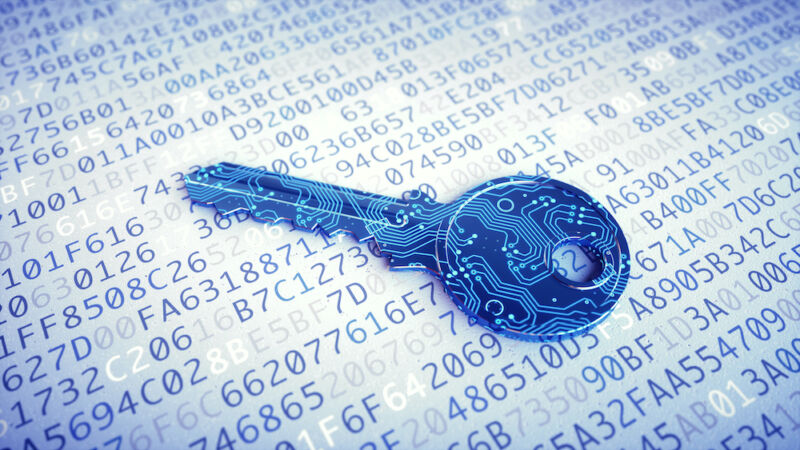- Регистрация
- 17 Февраль 2018
- Сообщения
- 25 397
- Лучшие ответы
- 0
- Баллы
- 2 093
Offline

Enlarge (credit: Getty Images)
iMessage is getting a major makeover that makes it among the two messaging apps most prepared to withstand the coming advent of quantum computing, largely at parity with Signal or arguably incrementally more hardened.
On Wednesday, Apple said messages sent through iMessage will now be protected by two forms of end-to-end encryption (E2EE), whereas before, it had only one. The encryption being added, known as PQ3, is an implementation of a new algorithm called Kyber that, unlike the algorithms iMessage has used until now, can’t be broken with quantum computing. Apple isn’t replacing the older quantum-vulnerable algorithm with PQ3—it's augmenting it. That means, for the encryption to be broken, an attacker will have to crack both.
Making E2EE future safe
The iMessage changes come five months after the Signal Foundation, maker of the Signal Protocol that encrypts messages sent by more than a billion people, updated the open standard so that it, too, is ready for post-quantum computing (PQC). Just like Apple, Signal added Kyber to X3DH, the algorithm it was using previously. Together, they’re known as PQXDH.
Read 12 remaining paragraphs | Comments
